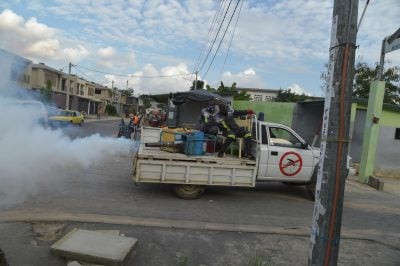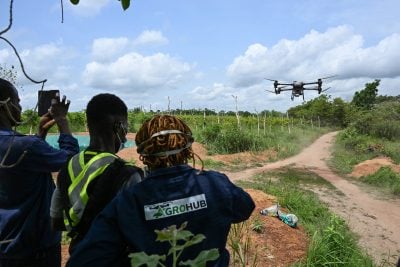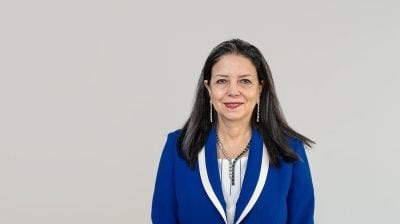Mauritius Island of learning has its sights on becoming an active player in higher education by providing opportunities for foreign students, targeting mainly African and Asian youth waiting to get into universities. With the number of private tertiary institutions and foreign students increasing, the island is a creating a new economic pillar, expected to contribute about 10% to its GDP by 2025, writes Nasseem Ackbarally from Port Louis.
Poonam Siwakoti from Nepal is studying hotel and hospitality management at the Law and Management Business School (LMBS) in Port Louis. She considers Mauritius to be the best island in the world for the hotel and tourism industry.
“I came here three months ago to get a good education in hotel management and afterwards I’ll go back to my country,” she told African Business. Siwakoti and her dozen or so friends studying at LMBS are happy with their course, fees and accommodation, all of which, they say, are affordable.
“We can do any job, as we are allowed to work for 20 hours a week, but the pay is too low,” add her friends, Ranjit and Binod, regretting too that foreign students do not benefit from free bus transport like the locals.
As at October 2013, about 2,000 foreign students were enrolled in Mauritian institutions. “We want more to come and we’ll go out to bring them here,” Sri Dharmarajoo Appanah, managing director of LMBS, says.
He was in Nigeria and Ghana recently, promoting his institution, and is looking forward to enrolling African students in the near future. Appanah believes the Mauritian higher education strategy is good because the island connects East and West. “Why not use this bridge to attract foreign students for tertiary institutions?” he asks.
The internationalisation of higher education has taken on a wider dimension with the worldwide migration of students, and as higher education institutions move outside their homeland. No country can ignore this massive movement and Mauritius is no exception.
In 2010, the government created a fully fledged ministry to deal with tertiary education, science, research and technology. The scene was set for a new outlook for higher education in Mauritius. Tertiary Education Minister Rajesh Jeetah points to the high mobility of sub-Saharan African students – South Africa is currently the top destination, hosting over 45,000 students, followed by France with more than 40,000 students, and the US with around 30,000.
Mauritius plans to attract about 100,000 foreign students, mainly from Africa, in the next decade. It has implemented a series of measures to promote the island as a top higher education destination by offering 50 scholarships to African students, which will be renewed in 2014, and 54 for the distance learning Open University of Mauritius to Commonwealth students as part of a major strategy for the promotion of higher education in the island.
This strategy is supported by holding education fairs in Tanzania, Uganda, Kenya, Nigeria and the signing of a Memorandum of Understanding for mutual recognition of qualifications.
Jeetah believes this global trend in the expansion of higher education calls for new strategic thinking. “This would address issues of quality, recognition of qualifications, a regulatory framework for registration of international institutions and enrolment of international students, as well as the mode of governance of the island’s public tertiary education institutions to enable them to operate in a competitive environment,” he emphasised.
Since the creation of its first university in 1965 and the advent of free education in 1976, Mauritius has seen a gradual expansion of its education programme with the setting up of three additional public universities and three public tertiary education institutions. Fifty-two private tertiary education institutions are also in operation. During the last two years, higher education has expanded gradually, with the gross enrolment rate increasing from 43% in 2009 to 46.6% in 2012, with 49,625 registered students in tertiary institutions.
Mauritius has set itself the target of increasing the gross tertiary enrolment ratio to 70% by 2015. The island has developed partnerships with well-established universities around the world – in Great Britain, France, Switzerland, the US, India, China and Japan – to improve standards and enhance the quality of the study programmes.
About 175 acres of state land has been acquired for the construction of three new campuses to increase student capacity by 8,000. A medical programme is being introduced with support from the University of Geneva and, to encourage diversification, a total of 778 programmes are available. The government also helps private tertiary education institutions financially to enable them to participate in education fairs.
Want to continue reading? Subscribe today.
You've read all your free articles for this month! Subscribe now to enjoy full access to our content.
Digital Monthly
£8.00 / month
Receive full unlimited access to our articles, opinions, podcasts and more.
Digital Yearly
£70.00 / year
Our best value offer - save £26 and gain access to all of our digital content for an entire year!
 Sign in with Google
Sign in with Google 


